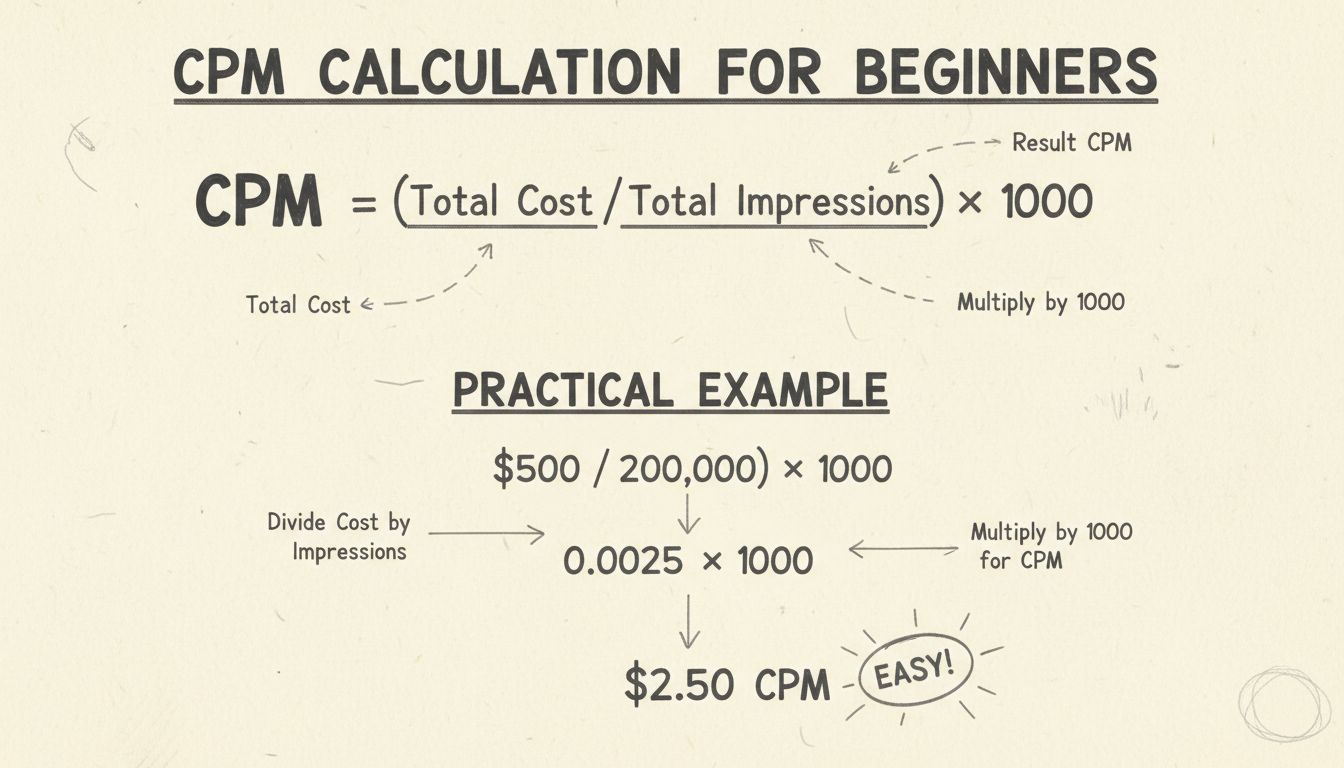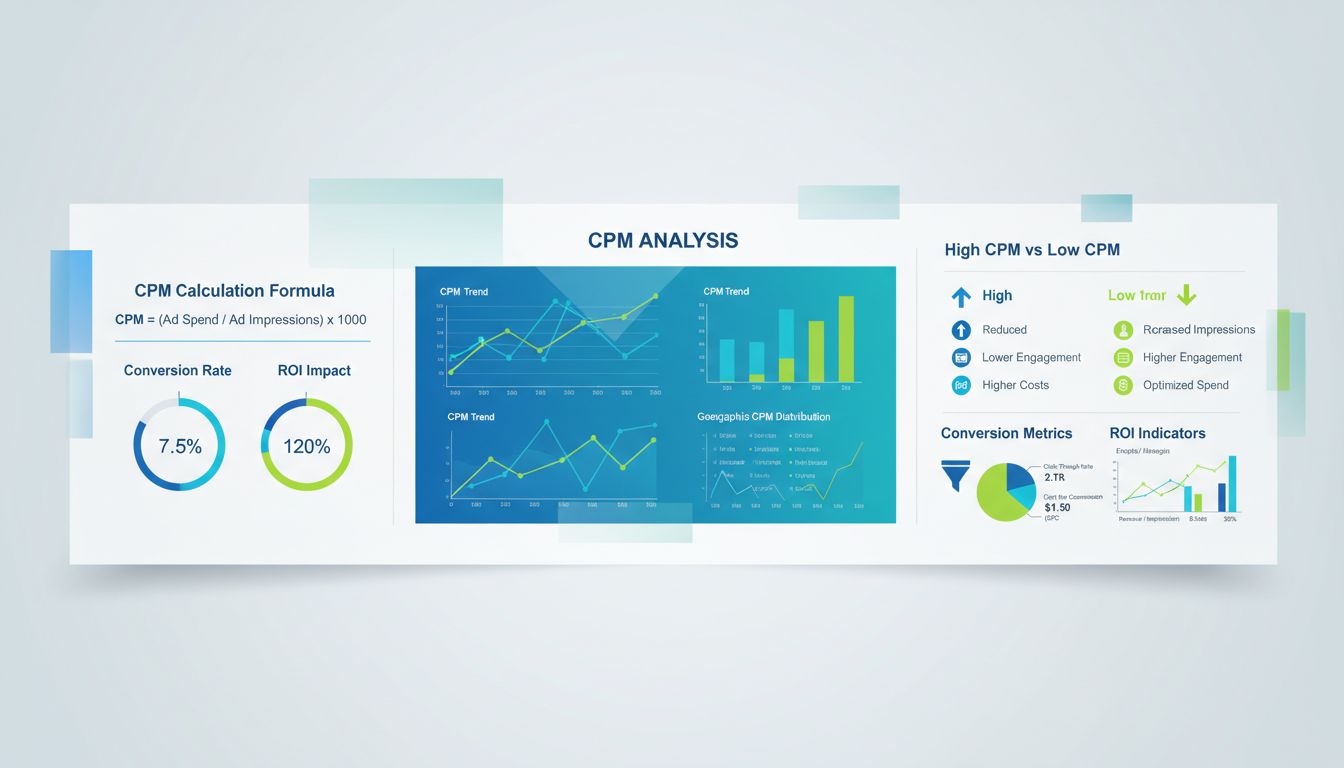
How to Calculate Cost Per Mille (CPM)
Learn how to calculate CPM with our comprehensive guide. Discover the formula, practical examples, and best practices for optimizing your advertising campaigns ...
Cost Per Mile (CPM) is a payment model where advertisers pay for every thousand ad impressions, offering predictable costs and high brand exposure in affiliate marketing.
Cost per thousand/Cost per mile is a kind of prototype of payment for advertising on the Internet. Advertiser gives money for every thousand impressions with the use of advertising materials, commonly banners. It is paid to affiliates , who try to promote advertiser’s product, service or site.
Cost per thousand CPT (CPT) is also called as Cost Per Mille CPM because word M also means number 1000.
It denotes the cost advertisers incur for every thousand impressions (views) their advertisement receives. The term “mile” is derived from the Latin “mille,” meaning a thousand, thus CPM signifies the cost for each set of a thousand impressions.
In affiliate marketing , CPM is a pricing model where advertisers compensate publishers (affiliates) for every thousand times their ad is displayed on the affiliate ’s platform, such as a website or an app. This model stands in contrast to others like Cost Per Click (CPC) or Cost Per Acquisition (CPA), where payments are contingent on user interactions or conversions.
The CPM model operates on a straightforward principle. Advertisers agree on a predetermined price for every 1,000 views of their ad. For instance, if an advertiser sets a CPM rate of $5, they pay $5 for every 1,000 impressions their ad garners. This model is particularly effective for brand awareness campaigns, where the objective is widespread visibility rather than direct user engagement.
The formula to compute CPM is:
CPM = Total Cost of Campaign / Total Impressions * 1,000
For example, if an advertiser expends $500 on a campaign that attracts 200,000 impressions, the CPM would be:
CPM = $500 / 200,000 * 1,000 = $2.50
This calculation indicates the advertiser pays $2.50 for every thousand impressions.
Several factors impact CPM rates, including:
To find suitable CPM affiliate programs, one should:

To calculate cost per mille, or cost per thousand, you divide the total cost of the campaign by the number of impressions and multiply that result by 1000.
A good CPM is one that is not higher than the average for your industry and type of campaign. The average CPM for social media campaigns ranges between $5 to $10 depending on the platform. On the other hand, the average CPM for Google search ads is around $38, whereas for Google display ads it is around $3.
A high CPM is not necessarily good or bad. Having a high CPM that doesn’t translate into conversions or generate ad revenue is not a good thing. This metric needs to be analyzed in conjunction with other metrics, such as CTR and ROI, in order to accurately judge the performance of your campaign.
Explore how CPM affiliate programs can boost your brand visibility and improve your advertising strategy. Discover expert tools and resources to get started.

Learn how to calculate CPM with our comprehensive guide. Discover the formula, practical examples, and best practices for optimizing your advertising campaigns ...

Discover what constitutes a good CPM in digital marketing for 2025. Learn industry benchmarks, platform-specific rates, and proven strategies to optimize your a...

Learn whether high CPM is good for your affiliate campaigns. Discover how to analyze CPM alongside CTR, ROI, and conversions to optimize your affiliate marketin...
Cookie Consent
We use cookies to enhance your browsing experience and analyze our traffic. See our privacy policy.